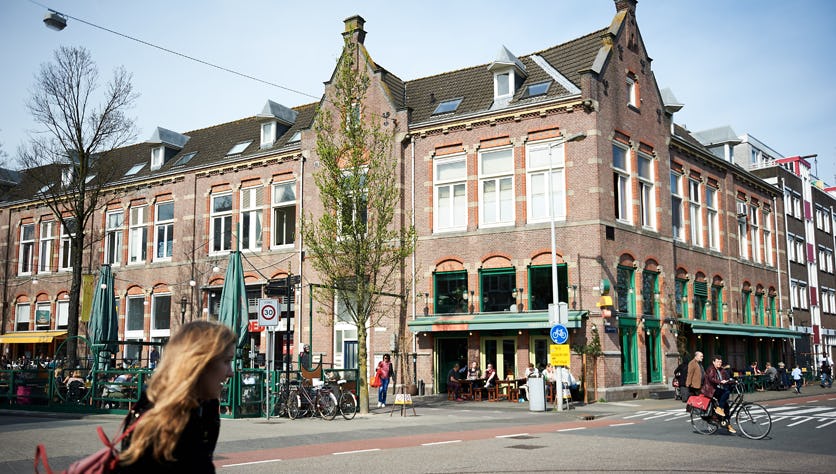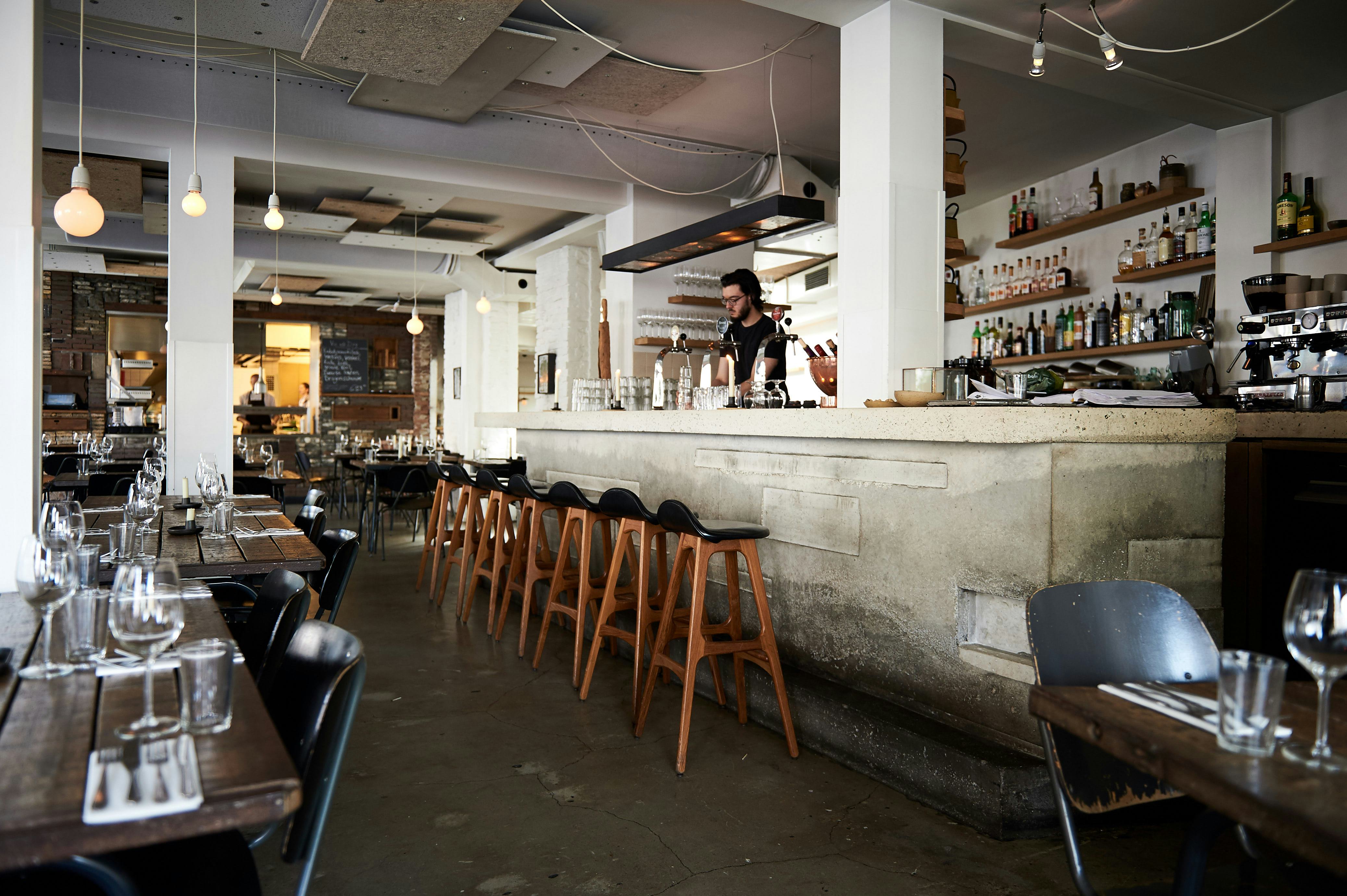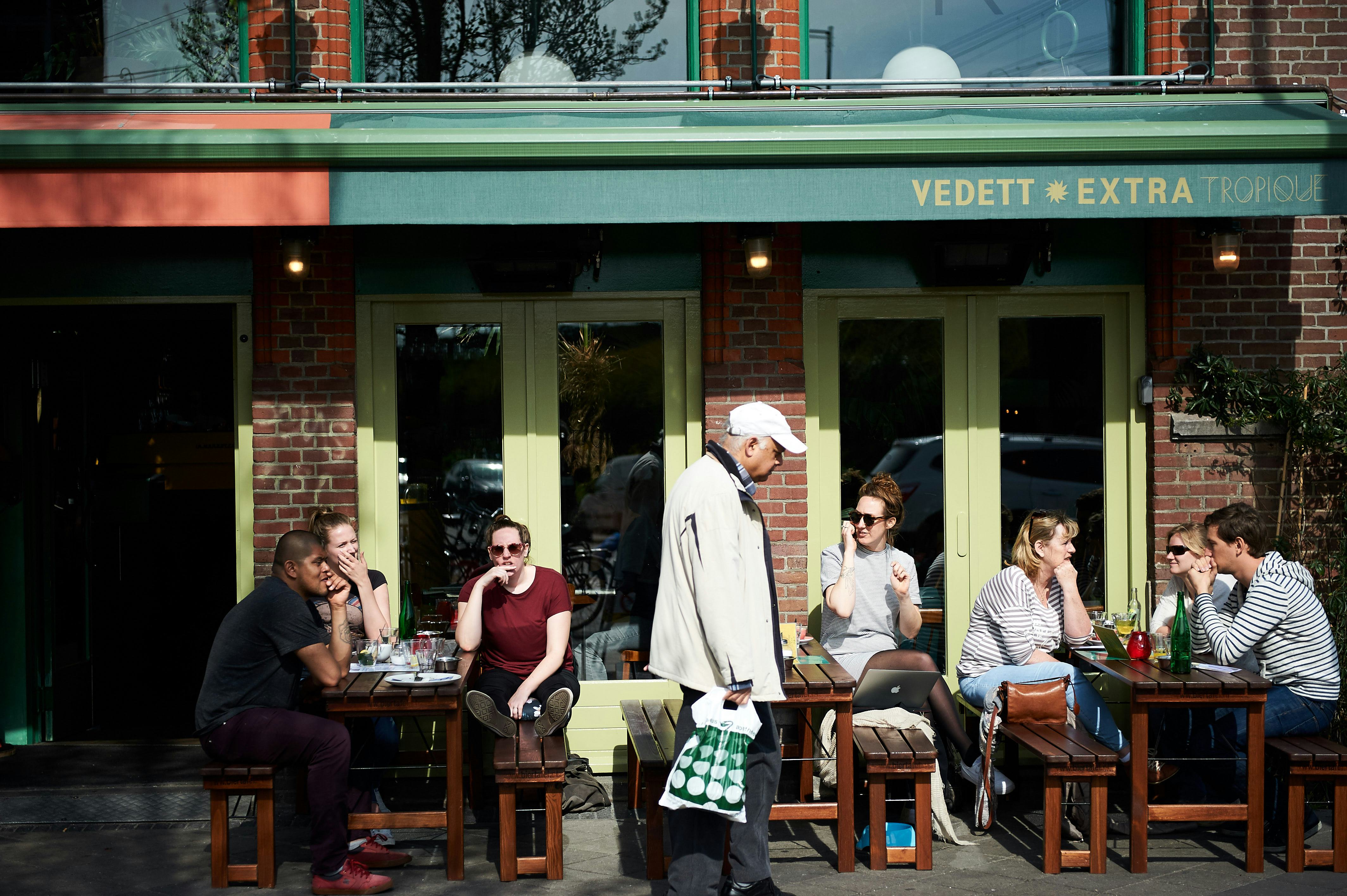
Like almost any neighbourhood in Amsterdam, there’s a lot of water that you have to cross to get around in Amsterdam. But did you know, the initial plan was to have the canals run all the way up to the East side of Amsterdam? Imagine how that would might have looked on the city map. A beautiful (half-moon shape) canal belt, connecting the IJ-river on both sides. But due to a lack of city funds post the Middle Ages (Golden Era), they weren’t able to finish the project as envisioned.
Born at the end of the 19th century
That is why the majority of the Amsterdam Oost neighbourhood, located on the right-hand side of the main Amstel river, only started to exist throughout the 19th century. The iconic Tropenmuseum landmark was founded in 1864, followed by the main Oosterpark laid out in 1891, Amstel station built and opened by Dutch Queen Wilhelmina in 1939, and beyond the train tracks towards the Indische buurt.
Celebrating diversity
As of today, most of us Amsterdammers would describe Oost as lively and being one of the most culturally diverse neighbourhoods around. Half of Amsterdam’s 800,000 residents are non-Dutch in origin, with 180 different nationalities and 45% of ethnic minorities, a big chunk living in Oost. Newcomers, refugees, students, immigrants, expats, there’s a wide range of different backgrounds in Oost – both culturally and professionally.
Want to experience the activity on the streets? Go see the daily Dappermarkt or the Javastraat: you’ll find traditional Turkish bakeries, to Middle Eastern lunchrooms, and Surinamese supermarkets.
A creative breeding ground
Some citizens complain about the ‘gentrification’ of the neighbourhood, since it has changed immensely over the last decade. But at the same time, the last 10 years have also proven it to be an area of opportunity and creative freedom.
Such as for hospitality entrepreneurs the ‘3 Wijzen uit Het Oosten’ who are the godfathers of multiple restaurants and bars around Amsterdam Oost. Think of Café Kuiper, Bar Bukowski, de Biertuin, Louie Louie, just to name a few. But this line-up of exciting new gastronomy concepts have led to a great attraction of residents towards the East of Amsterdam.

Amsterdam’s shift to East
As a result, more Amsterdammers have made Amsterdam Oost their new living room. The housing prices have gone through the roof but the neighbourhood has been rightfully so, been more encapsulated by other upcoming neighbourhoods part of a growing Amsterdam landscape.

We’re happy that Spaces has made the move the other side of the Amstel river as well with Spaces Amstel, since it adds to the mix of a thriving neighbourhood. A perfect start to exploring Oost and we hope it will remain to be an area with a strong sense of culture and creativity, lived by its local citizens.
Want to find out more about lively Oost? Please go check out 24H Oost on the 12th of May.
Share this article
 Read now Creative meet up: meet the speakers
Read now Creative meet up: meet the speakers
 Read now Job hopping or staying put?
Read now Job hopping or staying put?